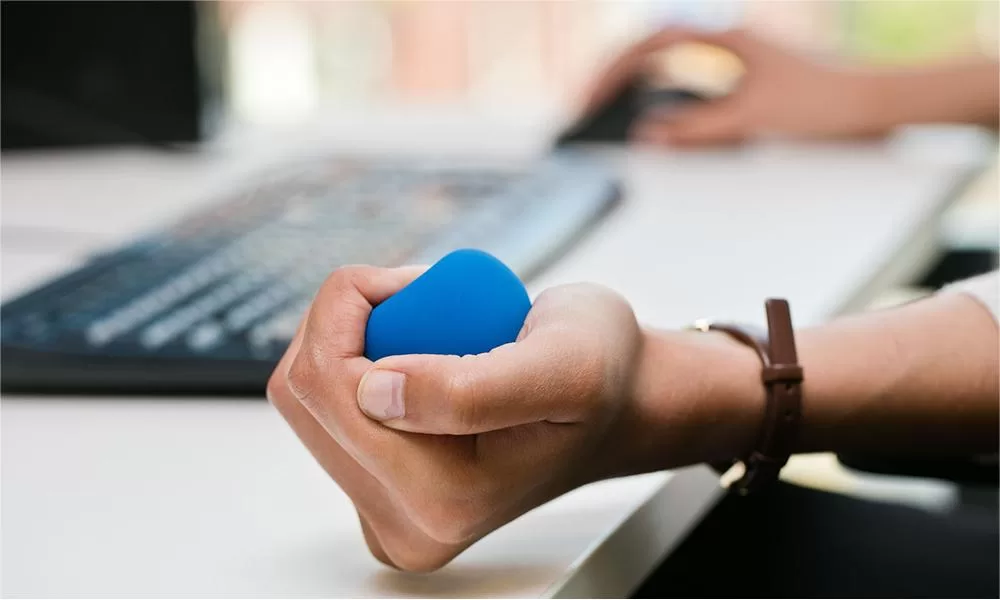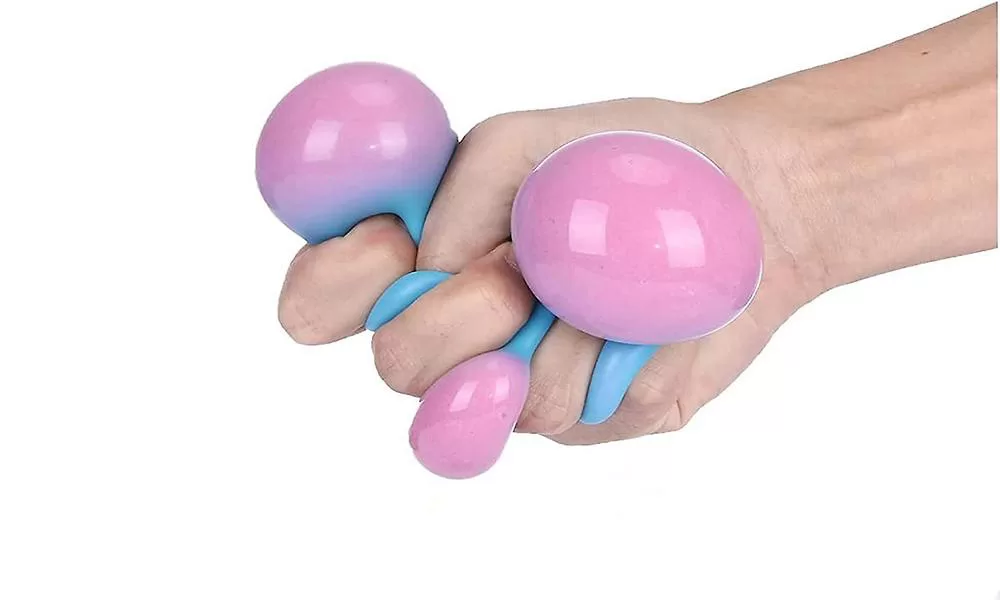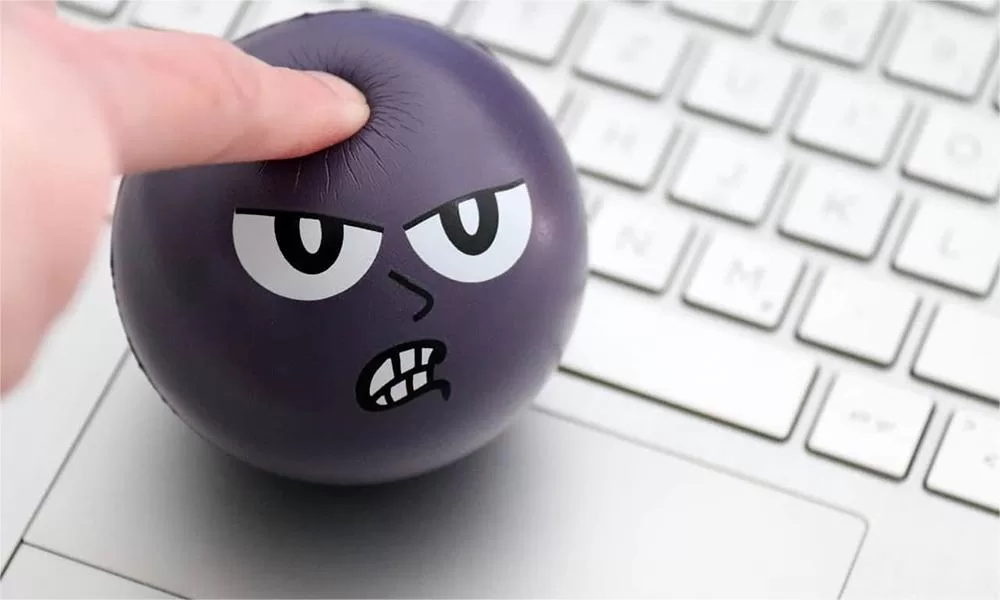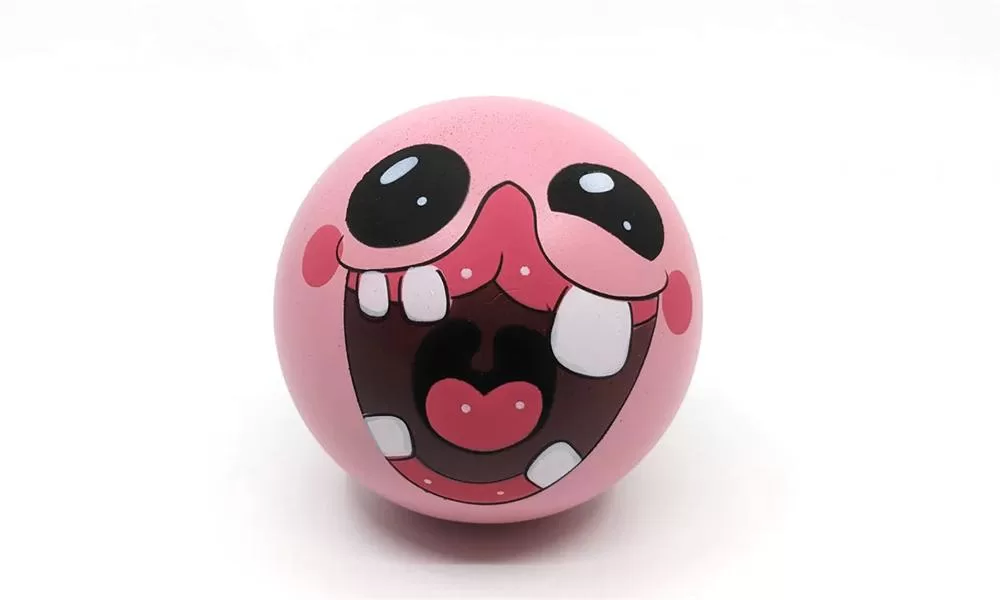Introduction
Stress balls, those squishy little objects found on many desks worldwide, have an intriguing history. Their ubiquity begs the question: what prompted their invention?

The Primary Reason for Stress Balls’ Invention
The most fundamental reason is: Relieve stress and tension.
Stress balls were primarily invented to address a timeless human need: stress relief. As tools of therapy, they aimed to alleviate tension and improve hand functionality. Over the years, their purpose has expanded. They’ve become promotional items, children’s toys, and even quirky collectibles.
History of Stress Balls
Long before the modern stress ball, ancient Chinese civilizations utilized soft balls filled with herbs or rice. These were not just tools for physical relief but were believed to have spiritual and therapeutic properties, stimulating various hand parts to promote overall well-being.
The 20th century saw the birth of the stress ball as we know it. Made of malleable materials, these tools were designed for squeezing, providing immediate tactile feedback and relief from tension.
The Science Behind Stress Balls
When confronted with stress, our body’s fight-or-flight response kicks in, leading to muscle tension. This physical manifestation of stress can be alleviated through tactile stimulation.
Squeezing a stress ball diverts our attention, stimulates hand nerves, and boosts blood circulation. This simple act can trigger endorphin release, our body’s natural mood elevators, fostering relaxation.
Different Types of Stress Balls
From ancient rice-filled balls to foam and gel-filled modern variants, stress balls have evolved in their composition. Each material offers a distinct feel and resistance level, catering to individual preferences.
Today’s market is flooded with stress balls of various shapes, sizes, and textures. From those with motivational quotes to ones resembling fruits or animals, there’s a stress ball for every personality and purpose. Here are 5 common types of stress balls:
- Foam Stress Balls: These are the most common type of stress balls. Made from dense foam, they are lightweight and perfect for squeezing. They regain their shape quickly after being compressed.
- Gel-Filled Stress Balls: These stress balls are filled with a squeezable gel and are often encased in stretchy rubber or cloth skin. They offer a different tactile experience compared to foam stress balls, as they can be more squishy and moldable.
- Bead-Filled Stress Balls: These contain small beads or pellets. When squeezed, the beads move around, providing a unique sensation. Some even make a soft crunching sound when pressed.
- Liquid-Filled Stress Balls: These are filled with a liquid and often have items floating inside, like glitter or small rubber figures. They can be more delicate than other types but offer a visually pleasing experience when squeezed.
- Polyurethane (PU) Stress Balls: PU stress balls are often used for promotional purposes because they can be easily molded into custom shapes and printed with logos or messages. They are lightweight, durable, and provide a consistent feel when squeezed.
- Electronic Stress Balls: A modern take on the traditional stress ball, these are equipped with sensors that can measure the strength of your grip. They might be paired with an app or software that provides feedback or games based on how hard and how often you squeeze.

The Role of Stress Balls in Modern Times
The 21st century, with its rapid technological advancements and relentless pace, has seen a surge in stress-related ailments. Against this backdrop, stress balls have emerged as silent warriors, combating the modern stress epidemic.
Their simplicity and effectiveness make stress balls a preferred choice for many seeking a quick stress-relief fix, especially in high-pressure environments like offices.
How to Use a Stress Ball Effectively
Rotate it, press with varying finger intensities, or toss it between hands. There’s more to a stress ball than just squeezing.
For optimal benefits, integrate stress ball exercises into short breaks. Focus on rhythmic squeezing and deep breathing for a meditative experience.
Alternatives to Stress Balls
From fidget spinners to sensory toys, the market offers a plethora of alternatives. Each tool has its unique benefits, catering to different stress-relief needs.
While stress balls are portable and affordable, they might not resonate with everyone. It’s crucial to explore and find the tool that resonates with your stress-relief needs.
FAQs
When did the modern stress ball gain popularity?
- During the late 20th century, coinciding with the rise of corporate culture.
Do stress balls have therapeutic validity?
- Yes, they aid in hand rehabilitation and can improve grip strength.
How often should one use a stress ball?
- Use it as needed, but ensure you don’t strain your hand muscles.
Are stress balls suitable for children?
- Yes, but ensure they are age-appropriate and always supervise their use.
Can stress balls replace professional therapy?
- No, they are complementary tools and shouldn’t replace professional medical advice or therapy.

Conclusion
Stress balls, with their rich lineage and undeniable benefits, stand as a testament to humanity’s enduring quest for tranquility amidst chaos. Their continued relevance underscores their effectiveness in addressing a universal human challenge: stress.

